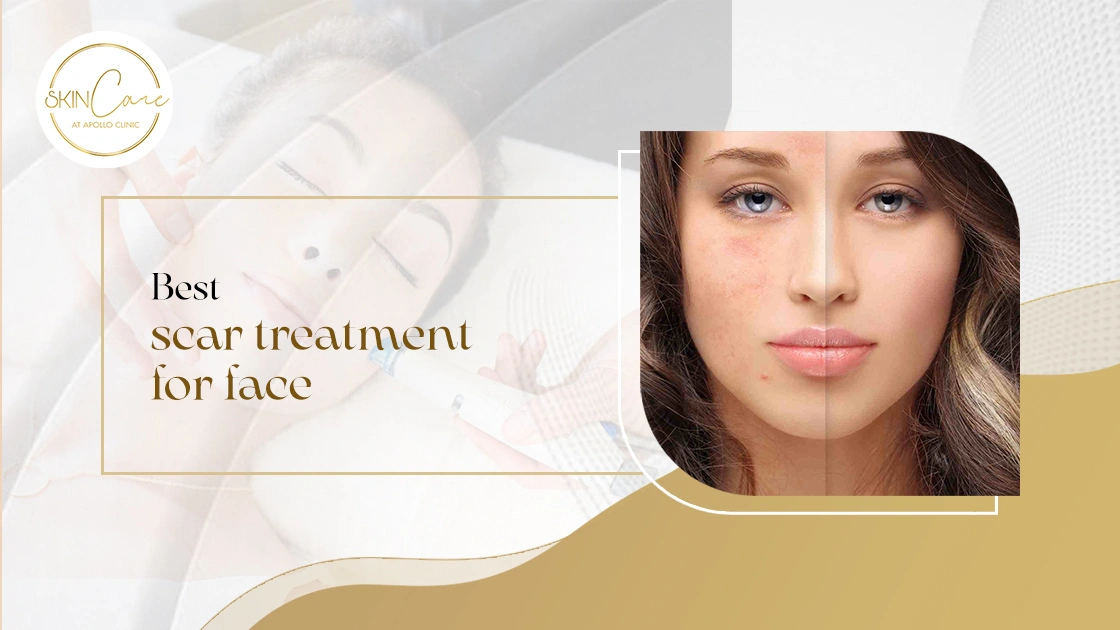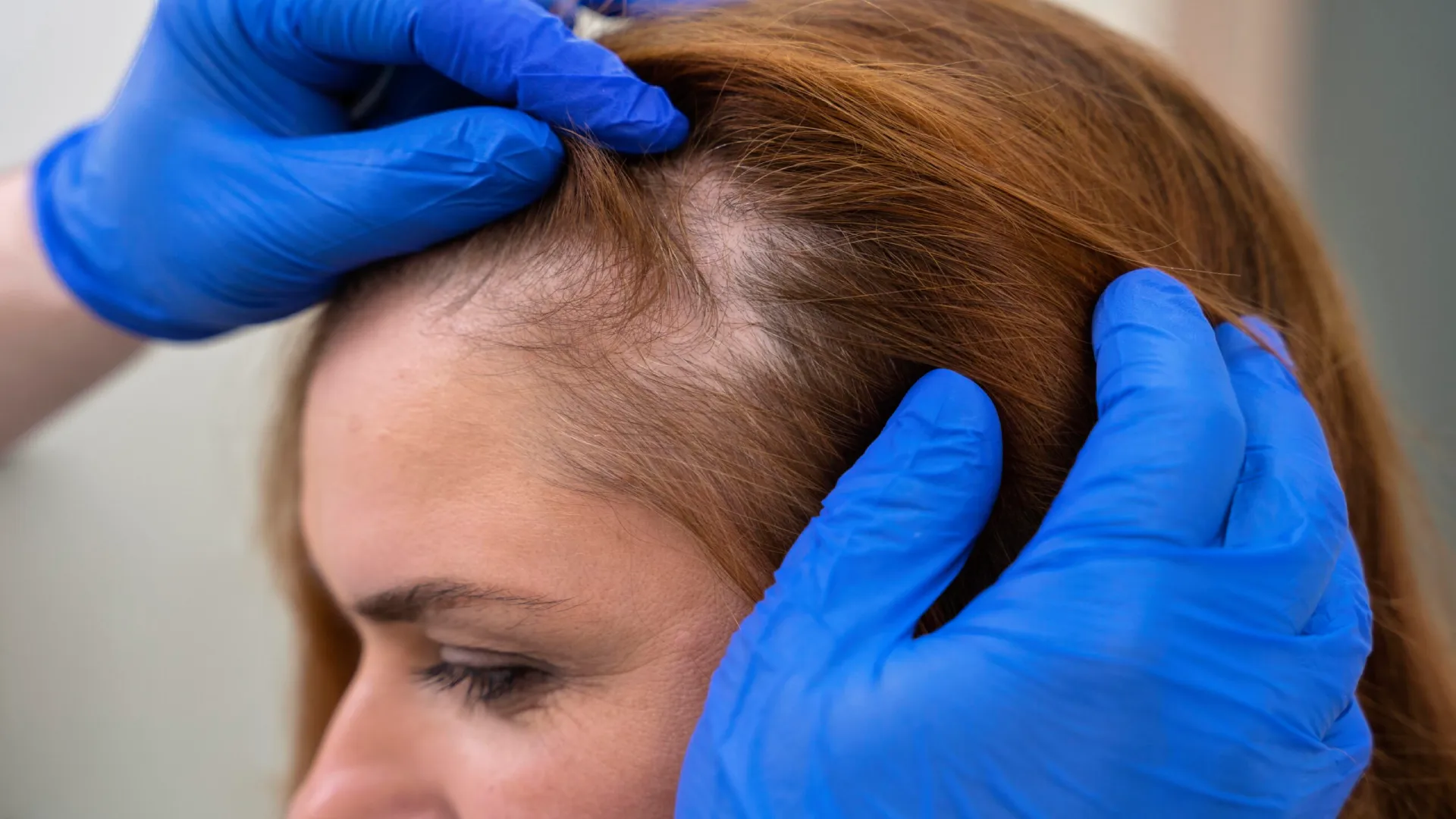Alopecia, commonly known as hair loss, affects millions worldwide and comes in various types. From the gradual thinning of androgenetic alopecia to the sudden onset of telogen effluvium, each type presents unique challenges and concerns. Understanding these different forms of hair loss is crucial for anyone experiencing this common yet often distressing condition.
The impact of alopecia extends far beyond physical appearance, often striking at the core of one’s self-esteem and confidence. Consider Bala, the protagonist of the 2019 Hindi film “Bala,” who embodies the struggles of those facing premature baldness. His journey reflects the real-life experiences of many, highlighting the emotional toll and societal pressures associated with hair loss.
While the prospect of losing one’s hair can be daunting, knowledge is power in the face of alopecia. By exploring the causes and characteristics of different types of hair loss, individuals can take the first step towards finding effective treatments and regaining control. This blog post delves into the five most common types of alopecia, offering insights that can help readers better understand their condition and explore potential solutions.
What is Alopecia?
Alopecia is a medical word for partial, patchy or complete hair loss. It can happen anywhere on your body, but the most common place is on the scalp. Also, there are different reasons why someone might lose hair, including heredity, hormonal changes, medical conditions, and ageing. Alopecia Areata occurs due to an immune system mix-up.
Normally, your immune system fights off things that make you sick, like viruses. However, with alopecia areata, the immune system mistakenly attacks the hair follicles. These are the little factories that grow hair. Consequently, this attack makes the hair fall out. Therefore, you get bald round patches about the size of a coin.
The good thing is Alopecia areata isn’t contagious and it doesn’t hurt. Sadly, there’s no cure, but doctors have treatments that may help hair grow back faster.
5 Most Common Types of Alopecia
Hair loss happens, and it can come in different forms. Read along to explore the five most common types of alopecia, and why people experience alopecia, helping you understand what might be causing yours.
1. Androgenetic Alopecia (Pattern Hair Loss): This common type of hair loss, affects both men and women. Therefore, in men, it’s often referred to as male pattern baldness. Also, it presents with a receding hairline and hair loss at the crown. Women, however, experience female pattern hair loss, with thinning hair generally across the scalp. Yes, Androgenetic alopecia is caused by genetics and hormones.
2. Alopecia Areata: Hair Today, Gone Tomorrow? If you ever wake up with a mysterious bald spot staring back at you. It is alopecia areata, an autoimmune disease where your body’s like, “Hair? Don’t need it!”
The Punch: Your immune system, our guard against germs, attacks healthy hair follicles. Consequently, throwing your hair growth cycle into chaos. So, this leads to sudden, patchy hair loss on your scalp, beard, eyebrows, or even eyelashes.
Moreover, anyone can get alopecia areata, even kids! You can lose hair overnight, leaving smooth patches that aren’t itchy or painful. Also, it can progress to alopecia totalis, where you become bald.
Doctors are still in the dark about its exact cause, however, stress and genetics might be involved. Thankfully, dermatologists can suggest some treatments to help hair grow back.
So, if you notice that you are shedding hair abnormally, don’t panic! Talk to a doctor like Dr Snehi K Sharma to see if alopecia areata is the culprit. ️
3. Telogen Effluvium: Experiencing excessive hair loss? It could be telogen effluvium. This temporary condition can cause hair to fall out in clumps, often triggered by major life events such as breakups or surgeries.
Here’s the deal: Our hair follows a growth cycle. However, stress, a big illness or even childbirth, can push a bunch of those follicles into temporary hibernation. In other words, hitting the pause button on new hair growth. Consequently, it can lead to overall thinning, especially at the top and sides of your head.
Now, there is no cause to panic. Telogen effluvium is temporary. You might lose a lot of hair, but it usually grows back within 6 months after the stressful event is over.
What can cause this? This happens due to vitamin deficiency (iron for one for women), certain medications or even hormonal changes from birth control.
4. Traction Alopecia: Stop the Tug-of-War! If you ever feel like your hairstyle is fighting back. You are experiencing traction alopecia. It is a hair loss situation caused by too much pulling or tension on your hair.
This is a regular phase for people who rock tight styles like braids, cornrows, or ponytails for long periods. Also, it is similar to constantly tugging on a rope – that’s what happens to your hair follicles when styles are too tight.
Moreover, Traction alopecia is common in women with beautiful, tightly coiled hair. Yes, gorgeous braids or cornrows put a strain on the roots, leading to hair loss.
No worries, It’s preventable!
Here’s how to win the fight:
- Loosen Up! Forget the super tight styles and go for looser braids, ponytails, or even letting your hair down.
- Give Your Hair a Break: A change of styles can relax the hair follicles. So, don’t wear the same tight style for too long. Let your hair breathe.
- Be Gentle: Treat hair with love. Also, avoid harsh pulling or combing when styling your hair.
5. Cicatricial Alopecia (Scarring Alopecia): Now this is serious as hair loss happens when scar tissue takes over the spots where your hair grows (hair follicles). Moreover, new hair can’t grow there anymore.
Scars can form from different things, like:
- Burns or injuries
- Infections on the scalp
- For certain diseases, your body attacks itself (autoimmune diseases)
Here’s what to watch for:
- Hair loss that might be slow at first or happen all at once
- Itchy scalp, redness, or swelling
- Scalp rashes, Red or white bumps on your scalp
- Such hair loss can strike anyone, young or old, men or women.
Doctors can recommend treatments to help.
Cicatricial AlopeciaTypes: Get the Facts
- Lichen Planopilaris: This type of hair loss condition causes a scaly scalp rash and patchy hair loss. It mostly affects women.
- Discoid Lupus Erythematosus: This type of hair loss is an autoimmune disease that leads to inflamed sores and scarring, causing hair loss on the scalp.
- Folliculitis decalvans: It is an inflammatory disorder that destroys hair follicles, causing permanent hair loss with redness, swelling, and scalp bumps. Medication can manage symptoms.
- Dissecting Cellulitis of the Scalp (Rare): This hair loss condition forms pus-filled bumps and scar tissue, leading to hair loss. However, medication can help control symptoms.
- Frontal Fibrosing Alopecia: This hair loss pattern shows a receding hairline and eyebrow loss, mostly affecting women after menopause. Medications can help.
- Central Centrifugal Cicatricial Alopecia: Yes, hair styling practices like relaxers, blow drying, or using extensions can damage follicles and cause hair loss.
Why Does Hair Fall Out? Top Reasons Revealed!
Hair loss can be a bummer, but it’s pretty common. Also, there are many reasons why it happens, so let’s break down the most common culprits:
- In Your Genes: You can blame your parents for this one! This type of hair loss is seen in both men and women as they age. Moreover, it is due to genes, hormones, and age.
- Stressed Out? Hair Falls Out!: Yes, hair can feel stress. Reasons may include life events, like surgery or a big break-up. Consequently, the stress can cause temporary hair loss, as a result, you shed hair in clumps when you brush or style. However, it usually grows back within 6 to 8 months.
- Hormonal Shifts: Hormones play a big role in hair health, so extreme changes can cause loss. Usually, this can happen after childbirth, during menopause, or with certain medications.
Hair Loss Signs You Shouldn’t Ignore
Hair loss can be a drag, but it’s important to know the signs!
Here’s what to watch out for:
- Thinning Up Top: Thinning hair is a common age-related condition. Men, you might see a receding hairline, while ladies might notice their part getting wider. However, frontal fibrosing alopecia causes a receding hairline in older women.
- Spotty Surprise: You might see bald patches popping up on your scalp, beard, or even eyebrows. This could be a sign of alopecia areata. It is common to feel some itching or pain before the hair disappears.
- Handfuls of Hair Everywhere: You start seeing hair everywhere, pillows, towels, floor, clothes and when you shower. This happens due to stress or a physical shock causing temporary hair loss. However, it usually grows back within 6-8 months.
- Full Body Fallout: Cancer or chemotherapy treatments, can cause hair loss all over. However, the hair usually grows back after treatment.
- Scalp Gets Scaly: If your scalp is getting patchy and scaly, that might be ringworm. Also, it can come with broken hair, redness, swelling, and sometimes even oozing.
If you notice any of these signs, it’s always a good idea to chat with a doctor and find solutions.
What is the Best Treatment for Alopecia?
Only a dermatologist) or a qualified cosmetologist can diagnose the specific cause of hair loss and determine the best treatment plan for you since they will review your personal medical history.
However, these are some common treatments used for different types of hair loss.
- Oral and topical minoxidil
- Finasteride
- Dutasteride
- Topical and Intralesional corticosteroids
- Prescription Medications for autoimmune conditions
- Low-Level Laser Therapy
- Platelet-Rich Plasma (PRP) Therapy
- Hair Transplant Surgery
- Scalp micro-pigmentation
Where to get Treatment for Alopecia in Guwahati
Hair loss, or alopecia, can be a significant source of stress. But there are options! So, after understanding the type of alopecia you might have, you can consider some steps to take towards getting treatment:
- See a competent cosmetologist/dermatologist: A cosmetologist can diagnose your specific type of alopecia and recommend the most appropriate treatment plan. You may consider Dr Snehi K Sharma, a cosmetologist in Skin Care at Apollo.
- Discuss treatment options: There are various treatment options depending on the type and severity of your alopecia. Also, treatments include medications like corticosteroids or minoxidil, light therapy, injections, PRP therapy for hair or even surgery in some cases. Consider, exploring hair care treatments at Skin Care at Apollo.
- Explore hair loss solutions: While not a cure, wigs, hairpieces, and hair loss concealers can be helpful options for managing hair loss.
- Consider support groups: Since hair loss can be emotionally challenging. You should be connecting with others who understand what you’re going through can be a great source of support.
Conclusion
Remember, you’re not alone. By seeking professional help and exploring your treatment options, you can take back control and address your hair loss concerns.
Also, understanding the various types of alopecia is crucial in finding the right treatment.
If you’re experiencing hair loss or thinning, there’s hope. At Skin Care at Apollo, our skilled cosmetologist, Dr Snehi K Sharma, provides tailored treatment plans designed to address your specific type of alopecia and restore your hair’s health and vitality.
Take the first step towards a fuller, healthier head of hair by scheduling a consultation with the best cosmetologist in Guwahati today! Call +91 9085645000 for appointments.






